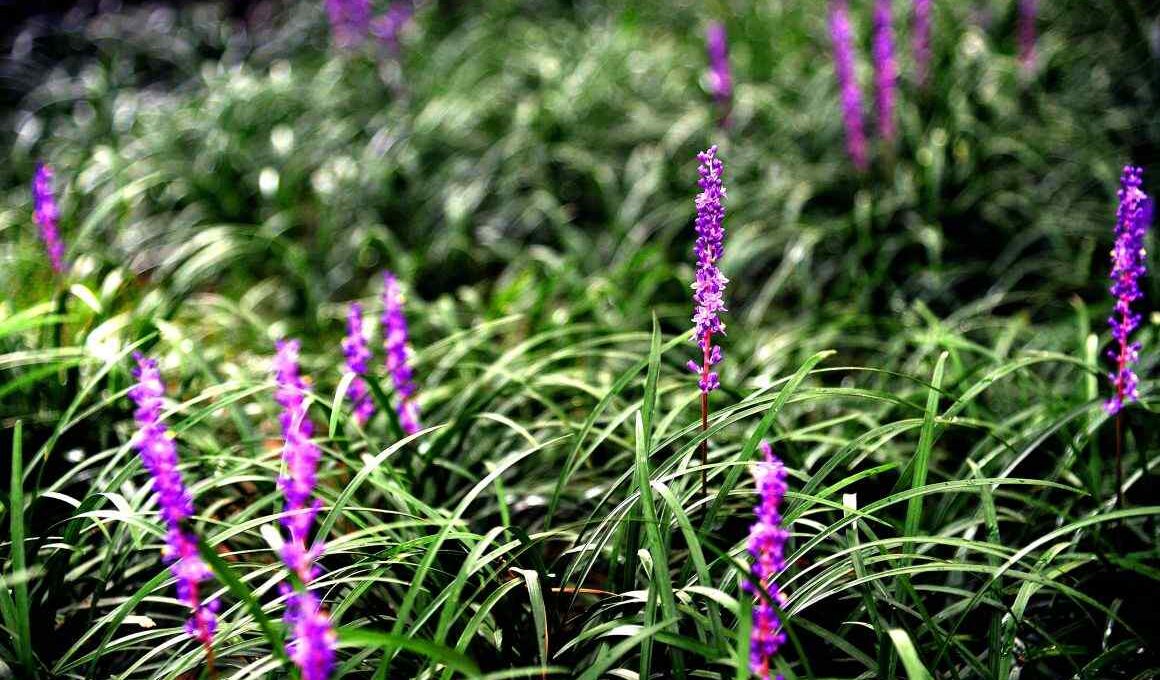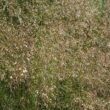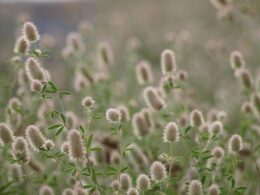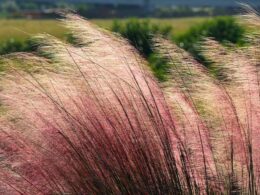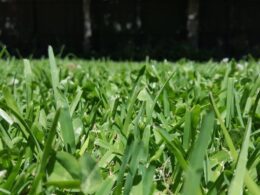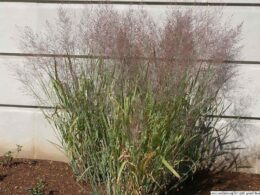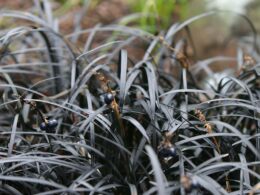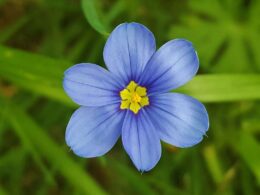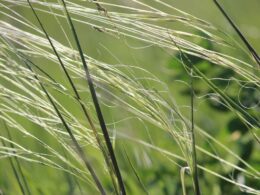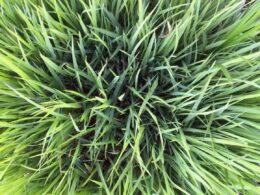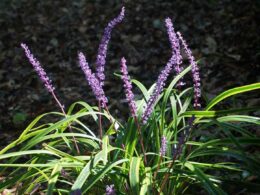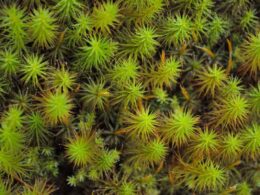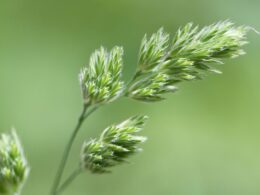What Is Aztec Grass?
The Ophiopogon intermedius, or Aztec Grass shrub, is an evergreen member of the Liliaceae family that grows in clusters of 1 to 2 feet long leaves and has white to pale lilac flowers. Sometimes it is confused with Liriope Muscari and although these two are similar to each other, Aztec Grass is a less broad term. It has beautiful green leaves, and grows perfectly in zones 8-10. If you live in a colder region, this drought-tolerant plant is perfect for you since it does well in pots and containers.
Aztec Grass Appearance
Aztec Grass is a perennial rhizomatous grass-like plant with long, narrow leaves that grow from a central crown. The leaves are dark green, though sometimes they appear blue-green or gray-green. There are two varieties of Aztec Grass: one with white flowers and another with purple or pink flowers. Both have the same appearance and characteristics. It has variegated foliage and grows in clumps. They bloom during the summer and the plant is used as ground cover or filler.
Aztec Grass Distribution and Habitat
Aztec grass is a tufted perennial herb native to China and Japan. It prefers sunny, well-drained locations and is cultivated as an ornamental plant in gardens for its evergreen leaves, which are linear and grass-like.
Where to Plant Aztec Grass?
When planting Aztec Grass, you can grow it in full sun or partial shade. Squeeze the soil with your hand and if it feels dry to the touch, water deeply. This will keep the plant from getting root rot. Once it’s established, Aztec Grass doesn’t need much water. In fact, too much water will likely kill it.
Separate the Clumps
You should also leave at least one foot of space between each clump for good air circulation, which helps prevent disease. If you live in a very hot area with extreme summers, you may want to protect your plants by putting them in partial shade or under some trees, so they don’t get scorched during hot spells. At the very least, they should be protected from strong winds that can parch their leaves and dehydrate them.
Aztec Grass Companion Flowers
Among the many companions that can be cultivated as an Aztec grass, heuchera is one of the most effective. This beautiful flowering plant has thick, rosette-shaped leaves that help to shade and cool the soil surrounding your grass. Heuchera also requires little to no maintenance and is tolerant of a range of conditions, making it a great choice for novice gardeners looking to create a healthy and vibrant lawn.
Hosta
Hostas are known for their large, lush leaves, and their variety of colors and patterns. They make an excellent backdrop for Aztec grass, providing both contrast to the landscape and complementary tones.
Hellebore
Hellebores are still prized for their beauty, and they make excellent companion plants for Aztec Grass. Hellebores prefer shady areas, so they can provide relief from the sun for Aztec Grass during the hot summer months. In addition, hellebores help to create a dense ground cover that can prevent weeds from taking root.
Aztec Grass Care
In order to keep an Aztec grass lawn looking healthy and beautiful, it is important to pay attention to proper care and maintenance practices. As with most types of grass, it is important to start by watering your lawn regularly, making sure to apply enough water so that the soil underneath is damp but not soaked. Additionally, you should always be vigilant about weeding, as any invasive plants can quickly overtake your grass if left unchecked.
Watering Requirements
Aztec Grass is an easy to grow plant that requires medium amounts of water. In the ground, it’s not as thirsty as some plants are, but for best results and healthy growth, give it about an inch of water per week during the growing season. In pots, the soil will dry out faster, so you’ll want to check it more often. As a rule of thumb, you want to keep even moisture in the soil, but never soggy or wet.
Pruning
Pruning should be done in winter. Start by cutting any dead or brown leaves off at their base. You can also cut back any longer runners that seem to be getting too far away from the main clump of the plant. If your plant seems to be losing its shape and becoming too wild around the edges, you can trim it back as much as needed, and it will quickly start growing again.
Fertilizing
Aztec grass is relatively low-maintenance and does not require frequent fertilizing. However, if the soil is poor or the grass is not growing well, you may need to fertilize the plants. Aztec grass should be fertilized in the spring with a balanced fertilizer. Apply the fertilizer according to the manufacturer’s instructions, taking care not to overfertilize the plants.
Common Problems
Aztec grass is a common sight in many gardens and yards. It is prized for its lush, green appearance and its ability to tolerate a wide range of conditions. However, Aztec grass is not without its problems. One of the most common issues is damage from mugs and snails. These creatures can quickly leave unsightly brown patches. Using traps or baits can be effective in controlling these pests. Generally speaking, Aztec grass is not prone to many pests and diseases. With a little effort, it is possible to keep Aztec grass looking its best.





